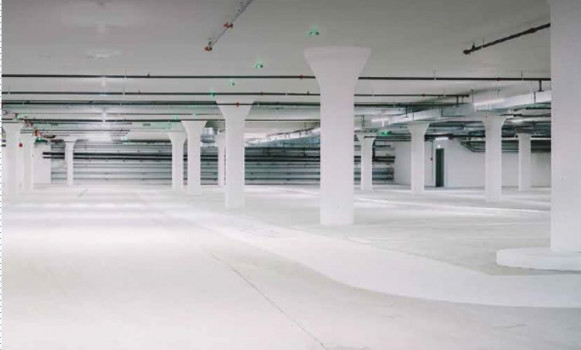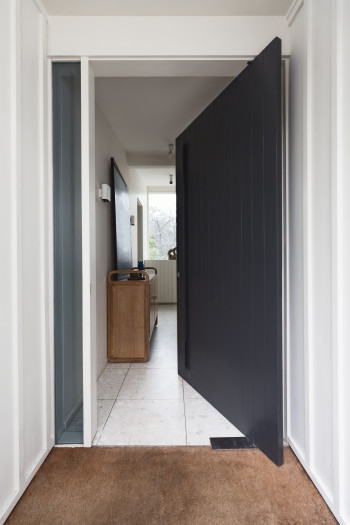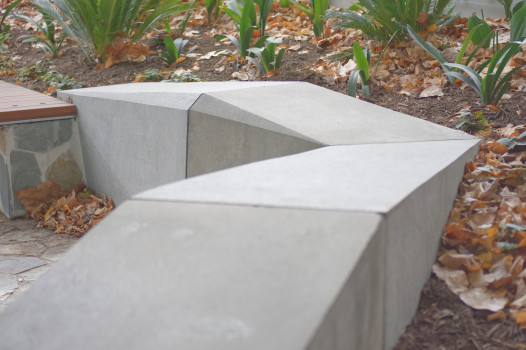Installing Skirting Boards to Elevate Interior Design



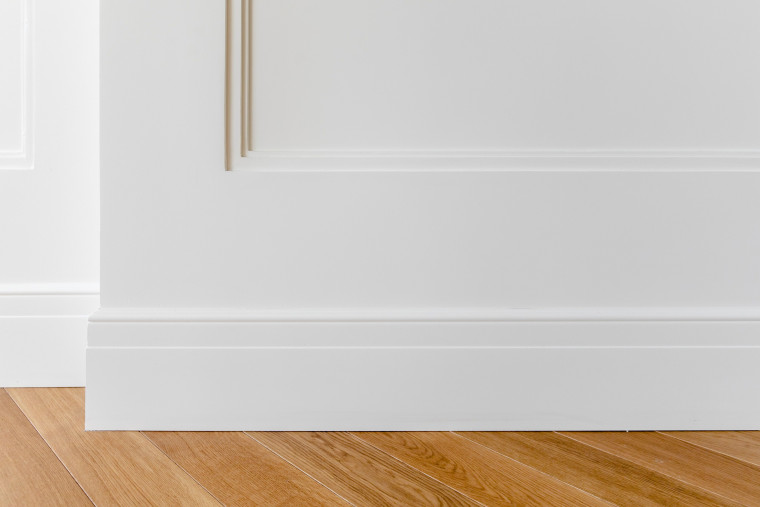
Skirting boards, often the unsung heroes of interior design, hold a prominent place in Australian design projects. These elegant and versatile elements serve as the ideal finishing touch, seamlessly bridging the transition between walls and flooring.
In this comprehensive guide, we will take you through the art of installing skirting boards, providing you with the knowledge and skills needed to enhance your interior design. From selecting the right skirting board style to mastering installation techniques, we'll uncover the secrets to achieving a polished and professional look that complements your unique design scheme. So, whether you're a design professional, a seasoned DIY enthusiast, or a newcomer to home improvement, join us on this journey to discover the transformative power of skirting boards.
What is a Skirting Board Used For?
A skirting board, also known as a baseboard or base moulding, is a decorative and protective feature installed at the bottom of an interior wall, where the wall meets the floor. It typically runs along the entire perimeter of a room, serving multiple purposes:
- Aesthetic Enhancement: Skirting boards provide an attractive finishing touch to a room, covering the joint between the wall and floor. They come in various designs and styles, adding a decorative element to the interior.
- Protection: Skirting boards act as a barrier that helps protect the wall from damage caused by furniture, vacuum cleaners, and everyday wear and tear. They can also prevent moisture or debris from creeping under the wall.
- Concealing Wires and Cables: Skirting boards can be designed with cavities to hide electrical wires and cables, helping maintain a neat and tidy appearance in the space.
- Transition: They provide a smooth transition between different types of flooring, such as hardwood and carpet, concealing any uneven edges and creating a cohesive look.
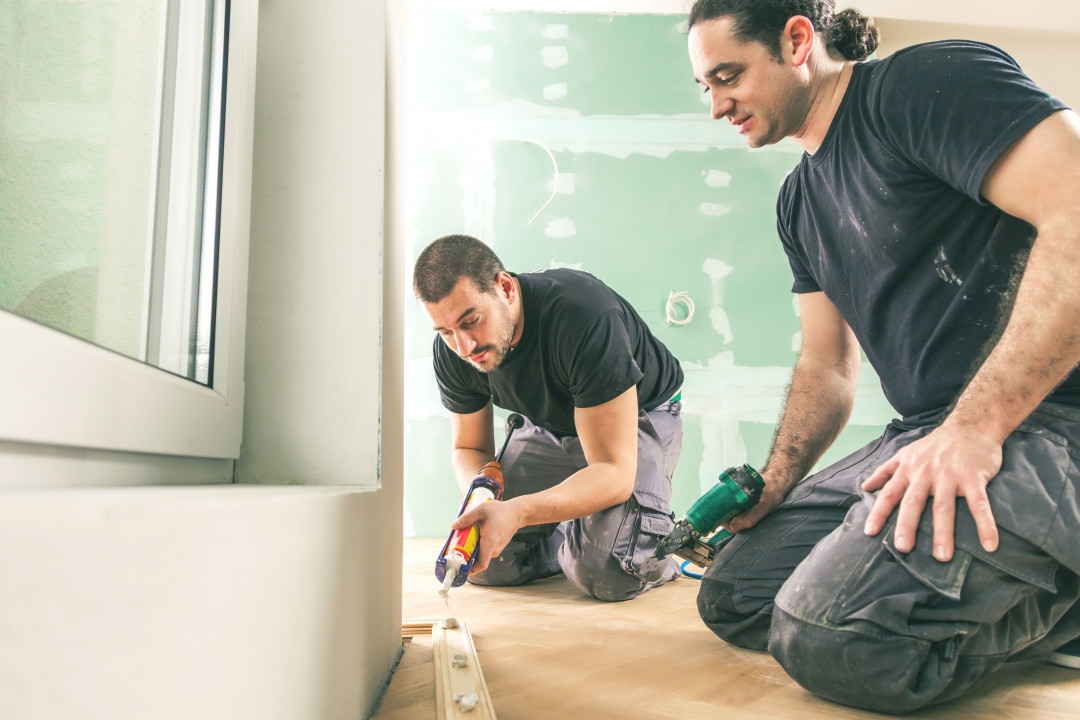
Types of Skirting Boards
A. Different Materials
Wood Skirting Boards
Wood skirting boards are a classic choice, renowned for their timeless and elegant appearance. They are available in various wood types, such as oak, pine, and walnut. Wood skirting boards can be stained, varnished, or painted to match your interior décor. They add warmth and character to any space, making them a popular choice for traditional and rustic settings. However, it's essential to note that wood skirting boards may require more maintenance and can be vulnerable to moisture.
MDF Skirting Boards
Medium-density fibreboard (MDF) skirting boards offer a cost-effective and versatile solution. These boards are engineered from wood fibers and resin, resulting in a smooth, uniform finish. MDF skirting boards can be easily painted, making it simple to coordinate with your interior colour scheme. They are resistant to moisture and warping, making them suitable for kitchens and bathrooms. MDF skirting boards come in various profiles and designs, catering to both traditional and modern aesthetics.
PVC Skirting Boards
PVC skirting boards are an excellent choice for those prioritising durability and low maintenance. These boards are highly resistant to moisture, making them ideal for environments prone to humidity, such as bathrooms and kitchens. They come in various colours and designs and are exceptionally easy to clean and install. While they may not replicate the natural charm of wood, PVC skirting boards provide a practical and long-lasting solution.
B. Style and Design
When choosing a skirting board style, it's important to consider the overall design of the space and how the skirting boards will complement other design elements such as flooring, wall colour, and furnishings. The right skirting board style can enhance the aesthetics and create a cohesive and visually pleasing interior.
Traditional Skirting Boards
Traditional skirting boards are known for their classic and ornate designs. They often feature decorative patterns and intricate details, adding an element of sophistication. Wood is the preferred material for achieving this timeless look, but MDF and other materials can also emulate traditional designs.
Ornate Designs: Classic skirting boards are known for their intricate and ornate designs, featuring details like floral motifs and scrollwork.
Timeless Elegance: These skirting boards add a touch of timeless elegance to a room, making them a great choice for traditionally styled homes.
Enhanced Architectural Details: Classic skirting boards can enhance the architectural character of a space, especially in period or heritage properties.
Modern Skirting Boards
Modern skirting boards prioritize clean lines and minimalistic designs. They are an excellent fit for contemporary or minimalist interior styles, providing a seamless transition between the wall and the floor. Materials such as MDF and PVC are commonly used for modern skirting boards. Their understated appearance contributes to a sense of spaciousness and modernity.
- Clean Lines: Modern skirting boards are characterized by straight, clean lines and minimal ornamentation.
- Sleek and Minimalistic: These skirting boards often feature a simple, flat profile, providing a sleek and contemporary look.
- Ideal for Contemporary Interiors: Modern skirting boards are an excellent choice for contemporary homes and spaces with minimalist design aesthetics.
Custom Skirting Boards
For those seeking a unique and personalized touch, custom skirting boards offer endless possibilities. With custom skirting boards, you have the freedom to choose the material, style, and design that perfectly aligns with your interior vision. You can match them to your existing decor or use them as a standout feature, creating a truly distinctive look that reflects your individuality.
Infinite Possibilities: With custom skirting boards, you have the freedom to design and create a unique style that perfectly matches your vision for a room.
Tailored to Your Needs: Custom skirting boards can be tailored to fit specific design preferences, architectural features, and room sizes.
Materials and Tools Needed for Installing Skirting Board
A comprehensive toolkit is indispensable. Ensure you have a range of tools, including saws, measuring instruments, adhesives, and nails. Choose skirting boards and corner pieces that align with your design vision. These are the essential materials and tools needed for installing a skirting board in your upcoming project include the following:
- Skirting Boards: Choose the material and style that fits the budget and complements your interior design
- Measuring Tape: For precise measurements
- Mitre Saw or Hand Saw: To make accurate cuts, especially for corners
- Construction Adhesive: Select a high-quality adhesive suitable for the skirting board material
- Nails or Screws: Ensure they are long enough to penetrate the wall and secure the skirting board
- Spirit Level: Essential for maintaining a straight and level installation
- Sandpaper and Filler: For smoothing and filling gaps or imperfections
- Paint or Stain: To finish and protect the skirting boards
- Stud Finder: To locate wall studs for secure fastening
- Caulking Gun: For applying adhesive precisely
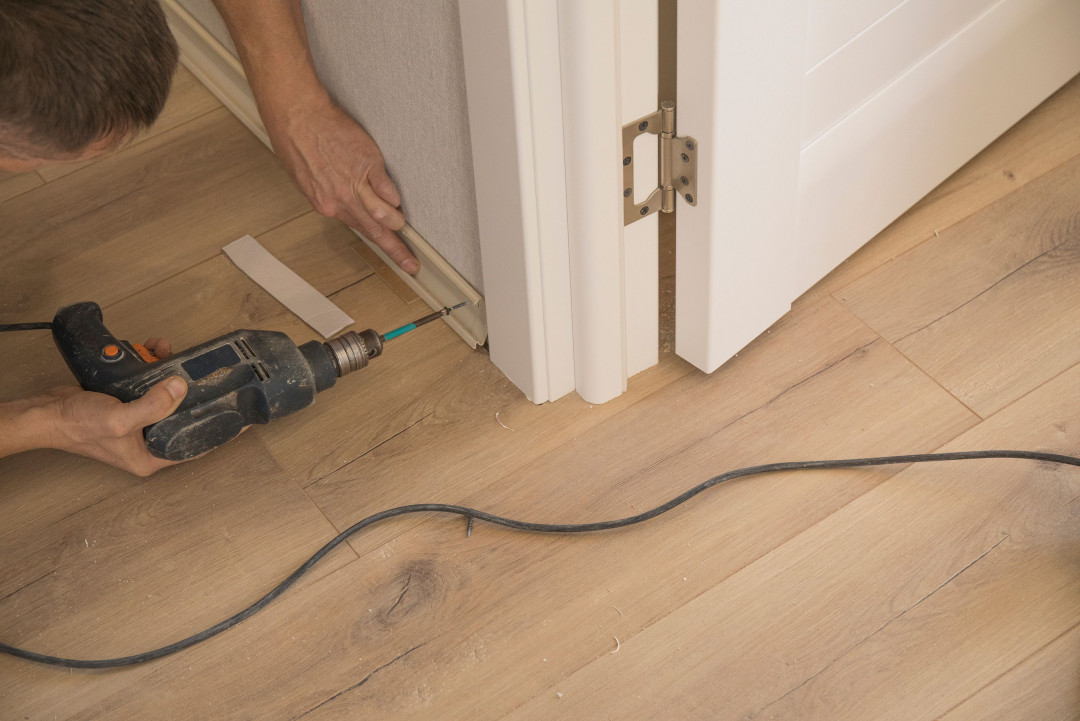
Choosing the Right Skirting Board
A. Matching Skirting Boards with Interior Styles
When it comes to interior design, details matter. Skirting boards play a significant role in the overall aesthetic of a room. Matching skirting boards with your chosen interior style can make a substantial difference. Whether you're going for a minimalist, classic, or contemporary look, selecting the right skirting board style can enhance the visual harmony of the space.
B. Sizing and Proportions
Size matters, especially when it comes to skirting boards. Choosing the right dimensions ensures that the skirting boards complement the room's proportions. Overly large skirting boards can overwhelm a small room, while too-small skirting boards may appear insignificant in a spacious area. Achieving the right balance is key to creating a harmonious interior.
C. Budget Considerations
Skirting boards are available in a wide range of materials, from cost-effective MDF to luxurious hardwoods. Budget considerations are essential in selecting the right material for your project. Understanding the cost implications of each material will help you make an informed decision that suits financial constraints while meeting your aesthetic desires.
D. Sustainability and Eco-Friendly Options
In an era of increasing environmental awareness, it's crucial to consider sustainability. Many eco-friendly skirting board options are available, made from recycled materials or sustainably sourced wood. Choosing these options not only benefits the environment but also contributes to a healthier and more sustainable interior.
Preparing for Installing Skirting Board
A. Measuring and Marking
Accurate measurements and precise markings are the foundation of a successful skirting board installation. Measure and mark the walls and skirting boards correctly, ensuring that your project starts on the right foot.
B. Removing Old Skirting Boards
When dealing with an existing skirting board, it is essential to remove it before installing new ones. Removing the old skirting boards is a process that requires precision and care to minimize potential damage to the walls and floors. To safely and efficiently remove old skirting boards, several techniques can be employed.
C. Wall and Floor Inspection
Before attaching the skirting boards, conducting a thorough wall and floor inspection is a crucial step in ensuring a successful installation. This inspection involves meticulously examining both the walls and the flooring to identify any imperfections, structural issues, or irregularities. By doing so, you can address these problems early in the installation process, which not only contributes to a smoother and more efficient installation but also helps prevent potential complications down the line. Imperfections in the walls, such as uneven surfaces or cracks, can impact the skirting board's alignment and appearance. Structural issues, if left unaddressed, may lead to instability or long-term damage. Additionally, identifying any irregularities in the flooring, like protruding nails or uneven subflooring, ensures that the skirting boards lay flush against the floor, providing a clean and polished finish.
D. Priming and Painting
Priming and painting the skirting boards is a pivotal step in creating a flawless interior. It enhances both the visual appeal and durability of your skirting boards. Priming provides a smooth base, improves paint adhesion, blocks stains, and enhances coverage. Choosing the right primer is crucial, with options like latex-based, oil-based, and shellac-based primers. The priming process involves preparing the skirting boards, selecting the appropriate primer, even application, and patience during drying. After priming, it's time to paint for a professional finish, select the right paint or stain, apply it systematically, use multiple coats as needed, and ensure proper clean-up. Curing time is essential before the final evaluation, ensuring a consistent and polished appearance. The entire process not only enhances aesthetics but also preserves the longevity of the skirting boards.
How to Install Skirting Board
Step 1: Measure and Plan
Measure the length of each wall where you'll be installing skirting boards.
Determine the total length of skirting board needed and add some extra for cuts and waste.
Step 2: Cut the Skirting Boards
Use a miter saw or coping saw to cut the skirting boards at 45-degree angles for inside and outside corners.
For straight joints, cut the boards at a 90-degree angle.
Step 3: Sand the Edges
Sand the cut edges of the skirting boards to ensure a smooth finish.
Step 4: Test Fit the Boards
Place the skirting boards along the walls to ensure they fit well and make any necessary adjustments.
Step 5: Apply Adhesive or Prepare Nails
Decide whether you'll use adhesive or nails to secure the skirting boards.
If using adhesive, apply it to the back of the skirting board.
If using nails, prepare them for easy access during installation.
Step 6: Install the Skirting Boards
Start at one corner of the room and install the skirting boards one piece at a time.
Press the skirting boards against the wall or apply pressure if using adhesive.
Secure with nails if necessary, making sure to nail into the wall studs.
Step 7: Check for Level
Use a spirit level to ensure the skirting boards are level.
Adjust as needed by tapping gently with a hammer.
Step 8: Fill Gaps and Nail Holes
Fill any gaps between the wall and skirting boards with filler.
Fill nail holes with filler and smooth the surface.
Step 9: Finish
Once the filler is dry, sand the filled areas for a seamless finish.
Paint or finish the skirting boards according to your preference.
Step 10: Clean Up
Remove any excess adhesive or filler.
Clean the work area and enjoy your newly installed skirting boards.
Choosing Skirting Boards for Different Rooms
A. Living Rooms and Dining Areas
The living room and dining areas are considered the heart of any home, where family and guests gather. Skirting boards play a dual role in these spaces, not only enhancing their aesthetics but also providing protection for the walls and floors. When considering skirting boards for these shared areas, it's important to strike a balance between style and functionality. Customized considerations should be explored to ensure that the skirting boards complement the overall design of these spaces and meet the specific needs of high-traffic areas like living rooms and dining rooms.
B. Bedrooms and Nurseries
In bedrooms and nurseries, creating an atmosphere of comfort and aesthetics is of utmost importance. Skirting boards play a significant role in these private spaces, contributing to the overall ambience. When tailoring skirting boards for bedrooms and nurseries, the focus is on design elements that promote a sense of peace and invitation. These areas should exude warmth and coziness, making skirting boards an essential component in achieving this desired atmosphere.
C. Kitchens and Bathrooms
Kitchens and bathrooms, being moisture-prone areas, demand special consideration when it comes to skirting boards. In these spaces, selecting skirting board options that can withstand humidity is essential. Find skirting board choices suitable for such environments, as well as provide strategies to prevent water damage, ensuring that the skirting boards maintain their integrity and appearance despite the challenges of moisture.
D. Hallways and Entryways
In hallways and entryways, it's crucial to make the most of the aesthetic and functional benefits of skirting boards. These areas are often high-traffic zones and serve as transitional spaces. Therefore, the skirting boards in these areas should not only contribute to the overall design but also provide protection and durability. By ensuring that your skirting boards enhance both the aesthetics and functionality of these spaces, you can create a welcoming and visually pleasing entry into a space.
In conclusion, skirting boards play a multifaceted role in interior design, serving as both functional protectors of walls and floors and decorative elements that bridge aesthetics and practicality. Whether you're a design professional or a DIY enthusiast, these elements can transform your space, adding not only a polished look but also enhancing the overall ambience. By choosing skirting boards thoughtfully and customizing them to specific room needs, you can create an inviting, durable, and visually pleasing interior.




 Indonesia
Indonesia
 New Zealand
New Zealand
 Philippines
Philippines
 Hongkong
Hongkong
 Singapore
Singapore
 Malaysia
Malaysia


